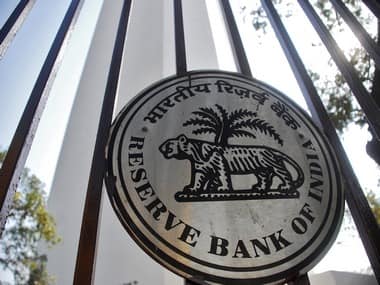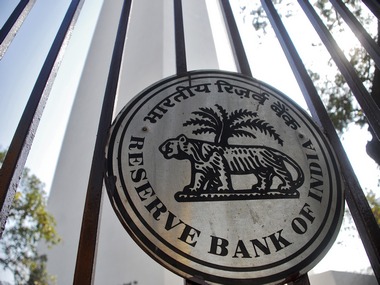The monetary policy so far this year has had a single target: inflation. It has, therefore, been easy to guess what the Reserve Bank of India will do as long as this number was high. Critics and analysts have tried to interpret their expectations from policy based on their own readings, but the RBI stuck to its task of combating inflation, resulting in few surprises.
In its last review, however, it did say that inflation would come down in December which could justify a pause in rate hikes. Now that inflation seems to be coming down and industrial growth is slipping, what will the RBI do?
[caption id=“attachment_156626” align=“alignleft” width=“380” caption=“The role of the RBI here is to provide direction by firstly admitting that there is an issue in rupee pricing. Reuters”]
 [/caption]
[/caption]
Actually, the way things have turned out, inflation could now become a peripheral concern as new issues have surfaced. In fact, had inflation been ‘stubborn’, the RBI could have sat back and pulled the trigger once more. But with inflation easing marginally at harvest time, there is reason to believe that this trend will continue. A pause may be justified, which will probably be the RBI’s stance this time. This will be good news for industry which has been cramped by stagnant demand and a drop in investment.
But the other markets, such as money and foreign exchange, have been playing truant - calling for RBI intervention. Liquidity seems to be an issue today even though there is little borrowing taking place. The difference between incremental cash reserve ratio-adjusted deposits and credit is Rs 1,70,000 crore as against a negative Rs 40,000 crore last year (for the period from April to 25 November), which should mean more liquidity in the system. Last year the 3G spectrum auction had added to the demand for credit. This year, retail loans are sluggish while corporate borrowing is low.
However, incremental investments in government securities by banks are as high as Rs 2,07,000 crore this year (last year: Rs 82,000 crore). This has led to pressure on liquidity, resulting in banks borrowing as much as Rs 80,000-Rs 1,00,000 crore every day through the liquidity adjustment facility (or the repo auctions). Borrowings were high last year too, but the reasons were different as growth in deposits was tardy while credit had increased briskly.
Last year, the RBI had voiced a concern that LAF was being used to fund lending, which increased the asset-liability mismatches for banks (who borrowed short to lend longer). The difference this time is that funds are moving to government bonds (G-secs), thus creating liquidity problems. The solution so far has been to use open market operations (OMO) for Rs 30,000 crore with an actual infusion of around Rs 25,000 crore. But this has not quite helped.
The RBI’s informal take on repo borrowing is 1 percent of deposits or Rs 60,000 cr. Clearly there is a case for inducing more liquidity in the system through a reserve cut. Which one should it be- SLR or CRR? SLR will help at the margin for banks which are cash strapped. But with an investment deposit ratio of 30 percent, most banks may be unaffected. Therefore, a CRR cut makes sense as it will provide all banks with more money that can either be lent in the busy season or invested in the enhanced government borrowing programme.
Will this pose any contradiction for the RBI in terms of monetary policy, as a cash reserve cut means monetary easing? In a way, yes, as this will be an early signal that the central bank is willing to reflect on its monetary stance indirectly.
The foreign exchange (forex) market, on the other hand, continues to tease with high volatility in exchange rates caused by both global developments and imbalances in India’s balance of payments. Liquidity is being drawn out today through this route as forex reserves have declined, albeit gradually.
The role of the RBI here is to provide direction by firstly admitting that there is an issue in rupee pricing. Next, it could indicate whether there is a target number that it is looking at in the given circumstances. The RBI often uses the real effective exchange rate (REER) to provide guidance on the state of valuation of the rupee. Such views will help the market gauge whether or not there is room for further depreciation. Lastly, provided the RBI is convinced that there is need for intervention, it could always indicate the same.
The recent mid-term review of the government blows hot and cold on the fiscal deficit while the Index of Industrial Production (IIP) numbers clearly give the thumbs down signal. While there are indications that the fiscal deficit target will be exceeded, the quantum is unknown. Disinvestment has not taken off, given the state of the markets. Lower growth projections also mean that revenue collections will be impacted as all targets were based on certain assumptions about growth (9 percent in February).
The RBI comes into the frame because this will also mean that there could be some additional borrowing in the market, which will drive the course of future interest rate movements.
Therefore, while policy rates may not be altered, market rates will be driven by the net impact of liquidity infusion by the RBI and borrowings by the government. This is why the money and forex markets matter more so today.
The author is Chief Economist, Care Ratings. The views are personal
)